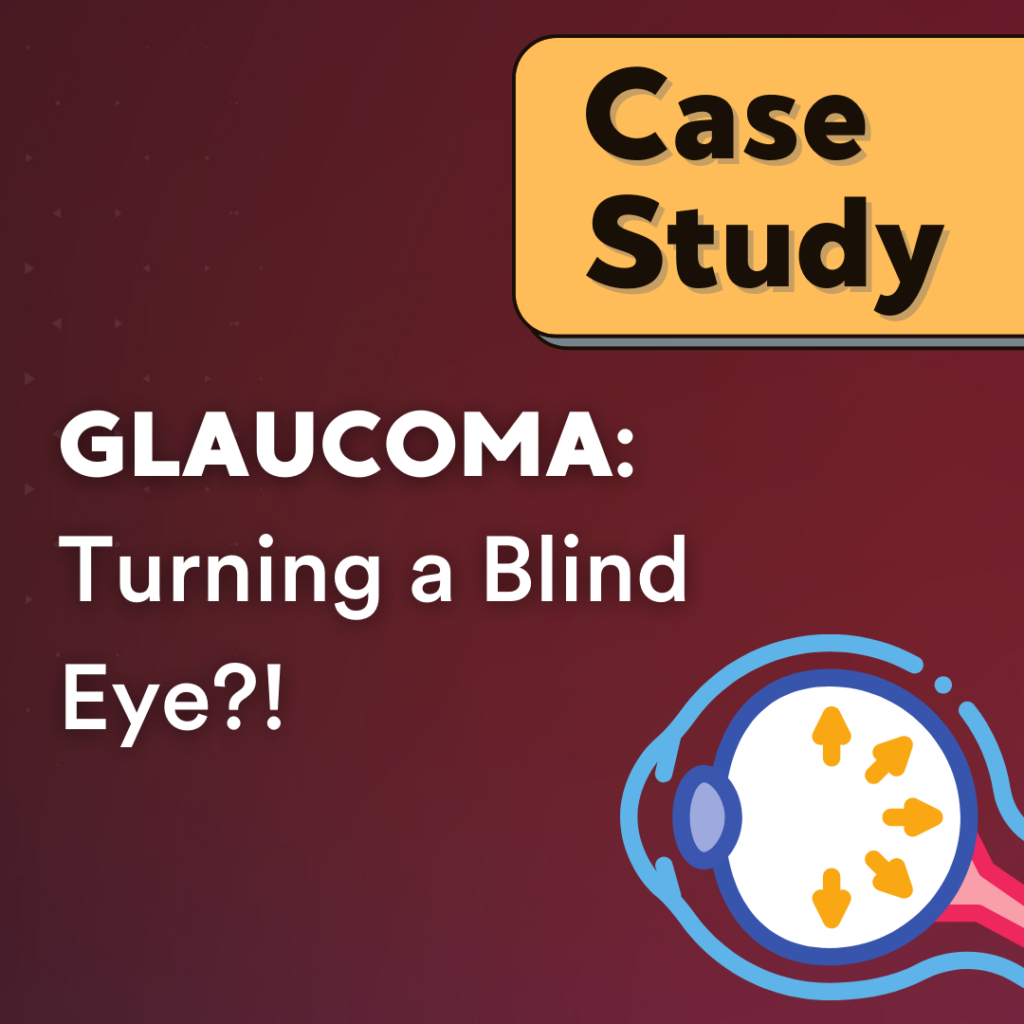Article by: Swarupa, Raj, Alisha
Design by: Manan

VISION 2020
Global initiative for the elimination of avoidable blindness. It is a joint programme of the WHO and the International Agency for the Prevention of Blindness(IAPB).
It aimed to:
- Increase awareness of the causes of avoidable blindness and their solutions, with focus on key audiences
- To advocate and secure the necessary resources to implement the plan
- Facilitate the planning, development and implementation of national Vision 2020 Eye Health programmes in all countries.
STATS:
- 37 million blind people
- 124 million people with low vision
- Over 161 million people with visual impairment
- 90% of blind people live in developing countries, of which 75% is preventable
Vision 2020/ Right to Sight focuses on:
- Cataract
- Trachoma
- Onchocerciasis
- Childhood blindness
- Refractive errors
- Low vision
In India, Vision 2020 was adopted with emphasis on other diseases also, like:
- Diabetic Retinopathy
- Corneal blindness
- Glaucoma
- Nutritional Blindness
GLAUCOMA
Glaucoma encompasses a group of eye conditions, which cause progressive optic nerve damage, retinal ganglion cell death, and corresponding visual field defects. It is the third leading cause of global blindness after uncorrected refractive error and cataract.
PREVALENCE
In India, glaucoma is the leading cause of irreversible blindness with at least 12 million people affected and nearly 1.2 million people blind from the disease. More than 90 percent of cases of glaucoma remain undiagnosed in the community.
- Cause for 15% of all blindness
- Primary angle-closure glaucoma is responsible for 50% of glaucoma cases in India
- Screened by measuring the intraocular pressure, usually with the Goldmann applanation tonometer
- Opthalmoscopy and visual fields may also be used to increase the sensitivity of screening
- Patients with elevated pressures ( above 21 mmHg) and /or fundus changes are subjected visual field examinations
- Prevention and Treatment:
- Irreversible
- Early detection and proper treatment is key
- Identification is possible by detection of certain risk factors
- Age above 40
- Raised intraocular pressure
- Race
- Positive family history
- Myopia
- Diabetes
- Hypertension
- Alcohol intake and smoking
Treatment
Lowering of intraocular pressure (IOP) is currently the only proven treatment strategy for glaucoma. However, some patients show progressive loss of visual field and quality of life despite controlled IOP which indicates that other factors are implicated in glaucoma. Therefore, approaches that could prevent or decrease the rate of progression and do not rely on IOP lowering have gained much attention.
Traditional medications
Prostaglandin Analogues
β-Blockers (Adrenergic Antagonists)
Carbonic Anhydrase Inhibitors (CAIs)
Adrenergic Agonists
Parasympathomimetics (Cholinergic Drugs)
Novel IOP-lowering medications
Rho-Kinase Inhibitor Netarsudil
Netarsudil is the only available rho-kinase inhibitor, which represents the first new class glaucoma drug in more than 20 years. Rho-kinase is a serine/threonine protein kinase that regulates cytoskeletal activities and calcium-dependent smooth muscle contraction. Netarsudil lowers resistance to outflow through trabecular meshwork, decreases aqueous production, and decreases episcleral venous pressure.
Nitric Oxide-Donating Prostaglandin Analogue: Latanoprostene Bunod
Latanoprostene bunod is a novel nitric oxide-donating prostaglandin F2α receptor agonist. It has a dual mechanism of IOP lowering: latanoprost acid increases uveoscleral aqueous humour outflow and nitric oxide increases trabecular meshwork and Schlemm’s canal outflow.
New targets of IOP-lowering therapy
Cannabinoids
Melatonin
Connective Tissue Growth Factor inhibitors
Adenosine
Non-IOP-Dependent Treatment Strategies:
Neuroprotection
Neuroprotection strategies use signalling pathways to improve cell survival and/or prevent cell death after a pathological insult. Some of the cellular processes that result in retinal ganglion cell death and are targets of neuroprotective agents include production of external nerve-derived risk factors such as glutamate and nitric oxide (NO).
Gene Therapy
Gene therapy aims to correct a specific, well defined genetic defect or deliver protective factors using different pathways to stimulate survival and regeneration of retinal ganglion cells. The most promising vector systems for successful gene delivery in the eye are recombinant adeno-associated viral vectors (AAVs), which lead to long and sustained levels of gene expression within a select target cell. Genetic approach is still in preclinical phase for glaucoma.
https://www.hindawi.com/journals/joph/2020/6138132/
Surgical approach
Minimally Invasive Glaucoma Surgery (MIGS)
Microtrabeculectomy: Microscopic tubes (stents) are inserted into the eye to drain fluid.
Trabecular bypass operations
Suprachoroidal shunts: This procedure uses shunts to connect the front of the eye to the suprachoroidal space to drain fluid.
Milder versions of laser photocoagulation- they target the ciliary body and stop them from producing so much fluid.
Laser treatments
Selective Laser Trabeculoplasty (SLT): Laser trabeculoplasy is becoming more popular as a first- or second-line therapy for open-angle glaucoma.
Argon Laser Trabeculoplasty (ALT): Also used to treat open-angle glaucoma, ALT uses a laser to open up the drainage areas of the eye.
Laser Peripheral Iridotomy (LPI)
Laser Cyclophotocoagulation: This type of laser is typically used in advanced glaucoma.
Trabeculectomy
Trabeculectomy is known as the gold standard of glaucoma surgery or those with advanced open-angle glaucoma.
Implant surgery
Implant surgery is a type of glaucoma surgery that involves inserting drainage tubes into the eye. It’s typically used to enhance a trabeculectomy, keeping the surgically added drain open and fluid flowing through it as intended.